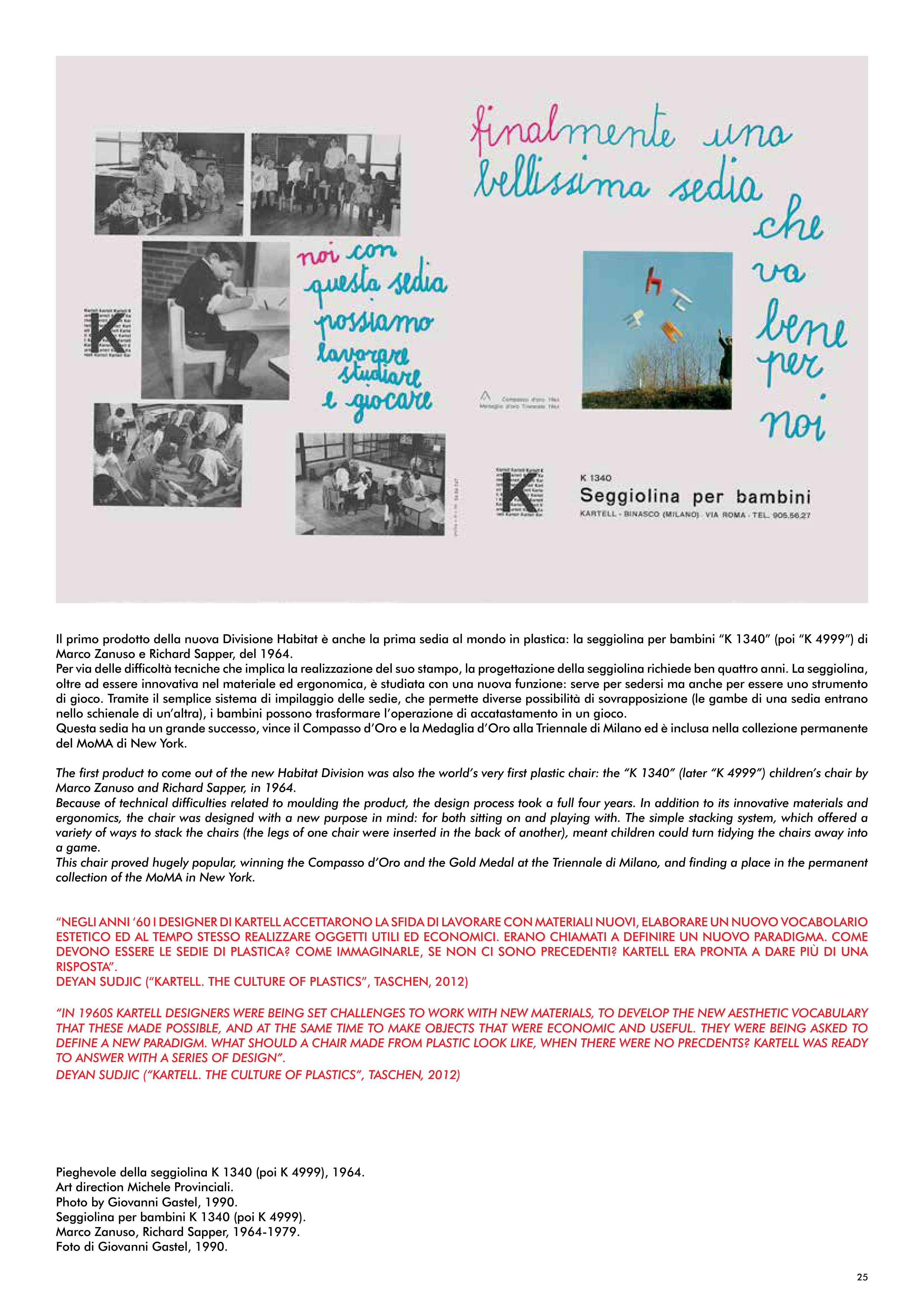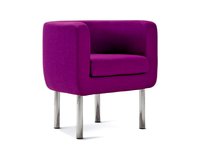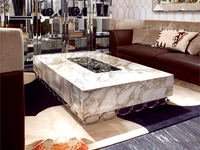25
Il primo prodotto della nuova divisione habitat è anche la prima sedia al mondo in plastica: la seggiolina per bambini “K 1340” (poi “K 4999”) di
marco zanuso e richard sapper, del 1964.
per via delle difficoltà tecniche che implica la realizzazione del suo stampo, la progettazione della seggiolina richiede ben quattro anni. la seggiolina,
oltre ad essere innovativa nel materiale ed ergonomica, è studiata con una nuova funzione: serve per sedersi ma anche per essere uno strumento
di gioco. tramite il semplice sistema di impilaggio delle sedie, che permette diverse possibilità di sovrapposizione (le gambe di una sedia entrano
nello schienale di un’altra), i bambini possono trasformare l’operazione di accatastamento in un gioco.
questa sedia ha un grande successo, vince il compasso d’oro e la medaglia d’oro alla triennale di milano ed è inclusa nella collezione permanente
del moma di new York.
the first product to come out of the new habitat division was also the world’s very first plastic chair: the “K 1340” (later “K 4999”) children’s chair by
marco zanuso and richard sapper, in 1964.
because of technical difficulties related to moulding the product, the design process took a full four years. in addition to its innovative materials and
ergonomics, the chair was designed with a new purpose in mind: for both sitting on and playing with. the simple stacking system, which offered a
variety of ways to stack the chairs (the legs of one chair were inserted in the back of another), meant children could turn tidying the chairs away into
a game.
this chair proved hugely popular, winning the compasso d’oro and the gold medal at the triennale di milano, and finding a place in the permanent
collection of the moma in new york.
“neglI annI ‘60 I desIgner dI Kartell accettarono la sfIda dI lavorare con materIalI nuovI, elaborare un nuovo vocabolarIo
estetIco ed al tempo stesso realIzzare oggettI utIlI ed economIcI. erano chIamatI a defInIre un nuovo paradIgma. come
devono essere le sedIe dI plastIca? come ImmagInarle, se non cI sono precedentI? Kartell era pronta a dare pIù dI una
rIsposta”.
deYan sudJIc (“Kartell. the culture of plastIcs”, taschen, 2012)
“in 1960s Kartell designers were being set challenges to worK with new materials, to develop the new aesthetic vocabulary
that these made possible, and at the same time to maKe objects that were economic and useful. they were being asKed to
define a new paradigm. what should a chair made from plastic looK liKe, when there were no precdents? Kartell was ready
to answer with a series of design”.
deyan sudjic (“Kartell. the culture of plastics”, taschen, 2012)
pieghevole della seggiolina K 1340 (poi K 4999), 1964.
art direction michele provinciali.
photo by giovanni gastel, 1990.
seggiolina per bambini K 1340 (poi K 4999).
marco zanuso, richard sapper, 1964-1979.
foto di giovanni gastel, 1990.




